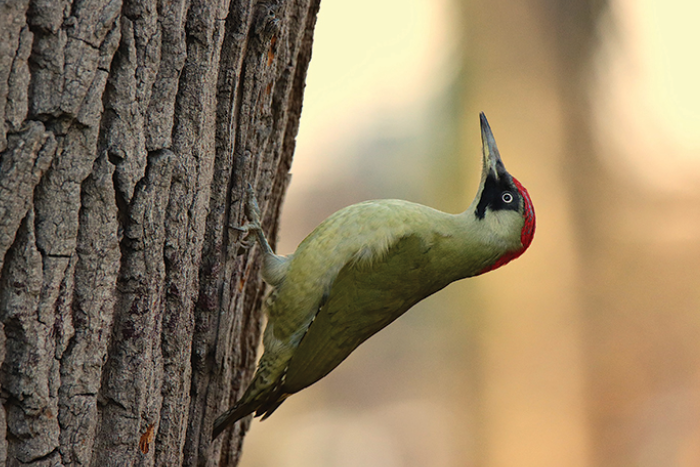
Remember to enjoy the great outdoors
By Rachel Shaw
Lincolnshire Wildlife Trust
The morning light was a soft pink. I had a choice: stay indoors and start work early or quickly go out and try to capture the light of the sunrise.
It was rapidly changing; a creeping greyness and drizzle was taking over. But, I had a challenge to complete. Inspired by The Wildlife Trust’s ‘12 Day of Wild’ festive nature challenge, which encourages you to do one wild thing a day from 25 December to 5 January, I had set my own challenge – to go for a walk and photograph trees in the landscape every day for the 12 consecutive days. It was day ten and I didn’t want to be defeated by the persistent drizzle and grey.
I grabbed my coat and headed out to my nearest greenspace. It only took a few minutes but, by the time I got there the pink colour in the sky had virtually disappeared and wasn’t worth a photograph. I slipped on a muddy slope, almost fell over and the drizzle turned to rain. This was ridiculous, I could have stayed indoors with a warm cup of tea and already been half way through my emails. Then, with perfect timing, a yaffling call of a green woodpecker broke me out of these internal thoughts. It pulled me back into the world around me.
The woodpecker was a reminder why we do these challenges, and why at the Wildlife Trusts, we always encourage people to get outside and experience nature. This personal relationship with nature is important.
I know it’s beneficial for my own wellbeing to spend time outdoors, in a natural space and, following the response many had to experiencing their local green spaces during the enforced lockdowns over the past few years, I don’t think I’m alone. It’s also important for the protection of wildlife. As Lincolnshire Wildlife Trust founder, the late Ted Smith wrote: “conservation, to have any chance of success, had to win widespread support and understanding.”
Lincolnshire Wildlife Trust was one of the early pioneers of encouraging people to access nature reserves and learn about wildlife. Gibraltar Point National Nature Reserve was the first Lincolnshire Wildlife Trust nature reserve. Just one week after setting up the Wildlife Trust, in December 1948, Gibraltar Point was established as a nature reserve.
In the late 1940s, the popular concept of a nature reserve was of an area fenced off to keep people out. Gibraltar Point was different. The first priority was to protect its important wildlife and natural features. However, from the very beginning, it was also be open to the public for the quiet enjoyment of nature and for education and research. It’s hard to imagine how revolutionary the idea was of nature reserves that people were encouraged to visit.
Protecting wildlife and encouraging visitors, isn’t always compatible. Disturbance of the very wildlife the nature reserves are there to protect has been an issue since the beginnings of the Lincolnshire Wildlife Trust 75 years ago. This conflict is wonderfully illustrated in an old sign from Gibraltar Point of a foot about to trample two oystercatcher chicks. We will always need strategies, signage and sanctuary areas to lessen the impacts of visitors but sometimes it is as simple as staying on the path and keeping your dog on a short lead.
We all have a responsibility to limit our impact on wildlife but also to take time out to enjoy and connect with it. Ted Smith also wrote “What would the spring be without the first cuckoo or the first hedgebank primrose? These things have been objects of curiosity and delight for thousands of years and the inspiration of poetry and art and music. It would, I believe, be a dull and empty world without them.”
